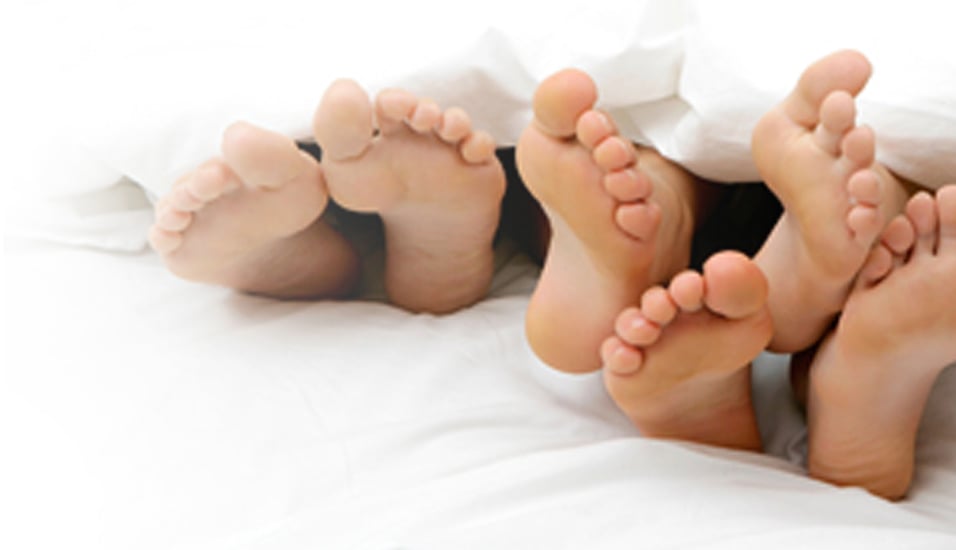Many women have purchased footwear that are too small and tight in the hope that they will magically fit one day. And while you may be able to squeeze it onto the foot, a poorly fitted shoe can cause significant damage such as corns, callouses and blisters. Likewise, diabetics with loss of protective sensation of their feet can develop blistering and subsequent ulcerations from stitching of shoes or from foreign objects inside the shoe. Blisters commonly occur when there is sheering stress that causes friction between the foot and the shoe. Extreme heat, cold or chemical contact can also cause fluids to build up between the epidermis layers. This sac of fluid protects the deeper tissues from further injury. Some people are more susceptible to blisters compared to others, with sweaty feet being at higher risk of being affected by the condition. Extreme sporting activities may also trigger the formation of fluid or blood filled blisters. Blisters can become infected if not handled properly.
First and foremost, wear comfortable shoes to avoid the formation of blisters. Buy shoes that are the correct size and width, and make sure they are fastened securely. Check the inside of shoes for any irritants such as stitching or areas that pinch. Look also for any grit or foreign objects that may have inadvertently landed inside the shoe and remove them.
If you are prone to blistering, applying a protective plaster can reduce occurrence of blisters. Protective padding inside the shoe are also used for this purpose. Wearing a sock or stocking in a breathable material will also allow sweat to evaporate and keep the skin dry. Double layering socks can also reduce the stress that causes blistering in high impact activities such as mountaineering and long distance running.
In the event a blister has formed, do NOT burst it. Try to leave it intact for as long as possible to prevent contamination of the wound site. Clean the area with cooled boiled water and cover with a clean dry dressing. If the blister has drained, don’t remove the roof of the blister but dress it with a clean dressing.
In the event there is pus in your blister or it is severely painful or in an unusual location, please seek medical attention immediately. Blistering due to allergic reaction, severe sunburns, burns or scalds should also be seen by a healthcare practitioner as soon as possible.
This article is contributed by Stella Chai, Podiatrist, IMU Healthcare









